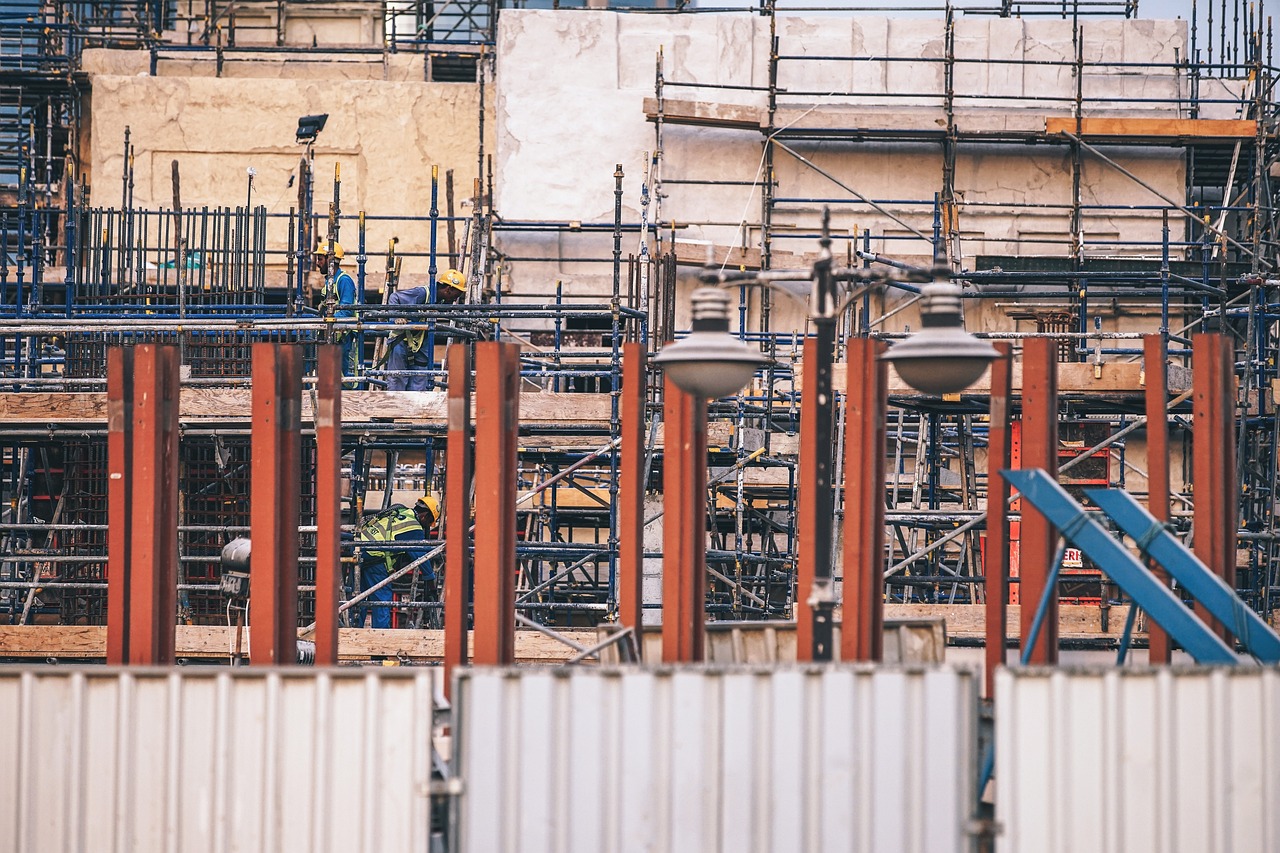Are you trying to understand the distinction between generative design and generative construction? If so, then you’re in luck!
In this article, we’ll explore the differences between Generative Design & Generative Construction, from what they are to how they’re used in real-world applications. You’ll gain an understanding of both approaches and learn about the advantages of adopting them.
For more on generative construction, check out ALICE’s informative article here: https://blog.alicetechnologies.com/news/what-the-heck-is-generative-construction.
What is generative design?
Generative design involves exploring different possibilities for design. Professionals making use of generative design input their design objectives and a variety of parameters, such as spatial requirements, materials needed, and cost constraints, into a software platform.
The platform then generates a plethora of design alternatives, iterating, testing, and learning from each iteration to determine what meets the user’s requirements and what doesn’t.

The benefits of generative design
Generative design is highly beneficial in the construction industry. It can be used to automate tedious and time-consuming tasks, such as finding optimal solutions that meet requirements while using minimal resources.
Using generative design in construction also eliminates human error by providing professionals with precise and optimized results. This ensures cost savings due to improved accuracy and decreased waste. Additionally, the process is iterative, allowing professionals to quickly test different variables to see what works best in each situation.
What is generative construction?
Generative construction is a type of building process that involves incorporating design elements and other generated project aspects to effectively plan out a project, allowing for an automated, data-driven approach to constructing buildings.
Unlike traditional construction methods that require extensive manual work to create a plan for a building, generative construction uses algorithms that generate outputs, which can then be reviewed by professionals to ensure they meet the requirements of the project.

The benefits of generative construction
Generative construction helps to make the planning and building process faster and more efficient. By automating much of the manual work, it condenses the time needed to plan, which saves money in the long run.
Additionally, generative construction allows for increased flexibility as changes can be made quickly and easily without needing to start from scratch.
The data-driven approach also reduces errors. With a more accurate picture of the project from start to finish, professionals can better anticipate changes that may be needed along the way.
The difference between generative design and generative construction
Generative design and generative construction are two different concepts in the construction industry.
The primary difference between generative design and generative construction is that one focuses on the exploration of design alternatives, while the other focuses on the automation of manual planning processes.
In other words, generative design is used to create a variety of design solutions that meet certain criteria, while generative construction is used to streamline the planning process so that it can be completed more quickly and accurately.
Conclusion
While generative design and generative construction are two different ideas, both approaches can be beneficial when utilized properly by professionals.
By taking advantage of the automation and optimization capabilities that generative design and construction offer, designers and builders can save time and money while producing higher-quality results.
Understanding the differences between these two concepts is an important first step towards leveraging their potential to create better built environments.

